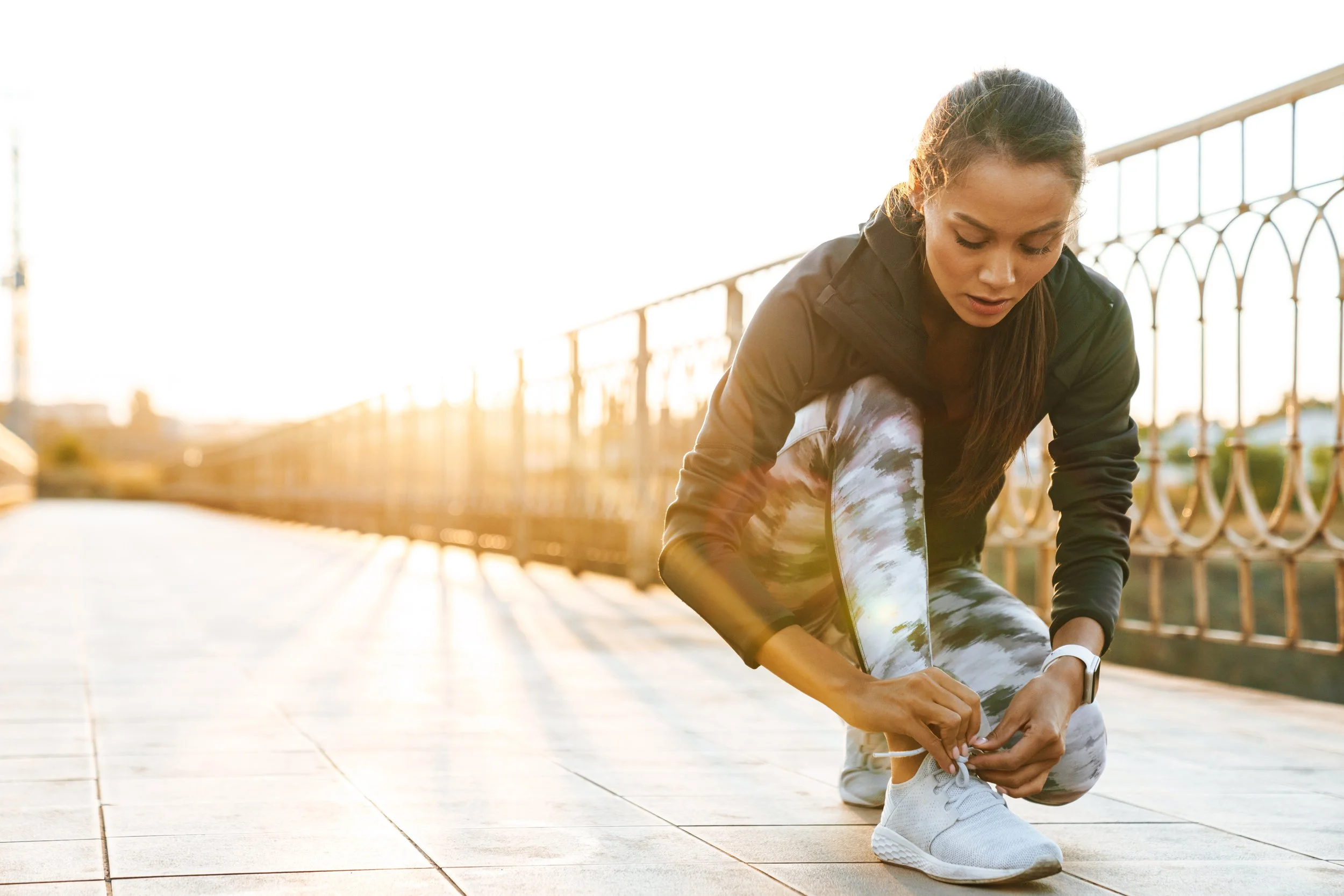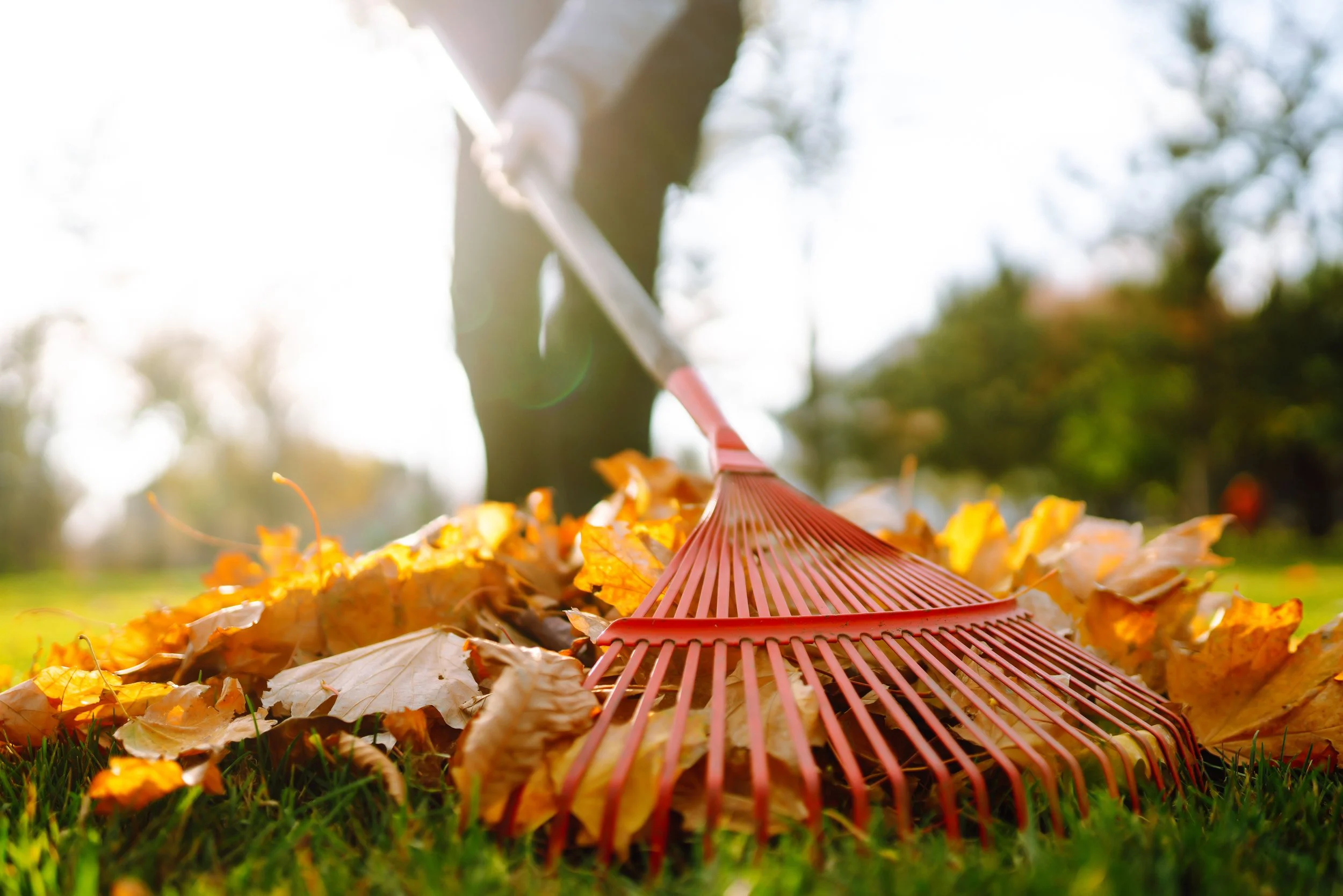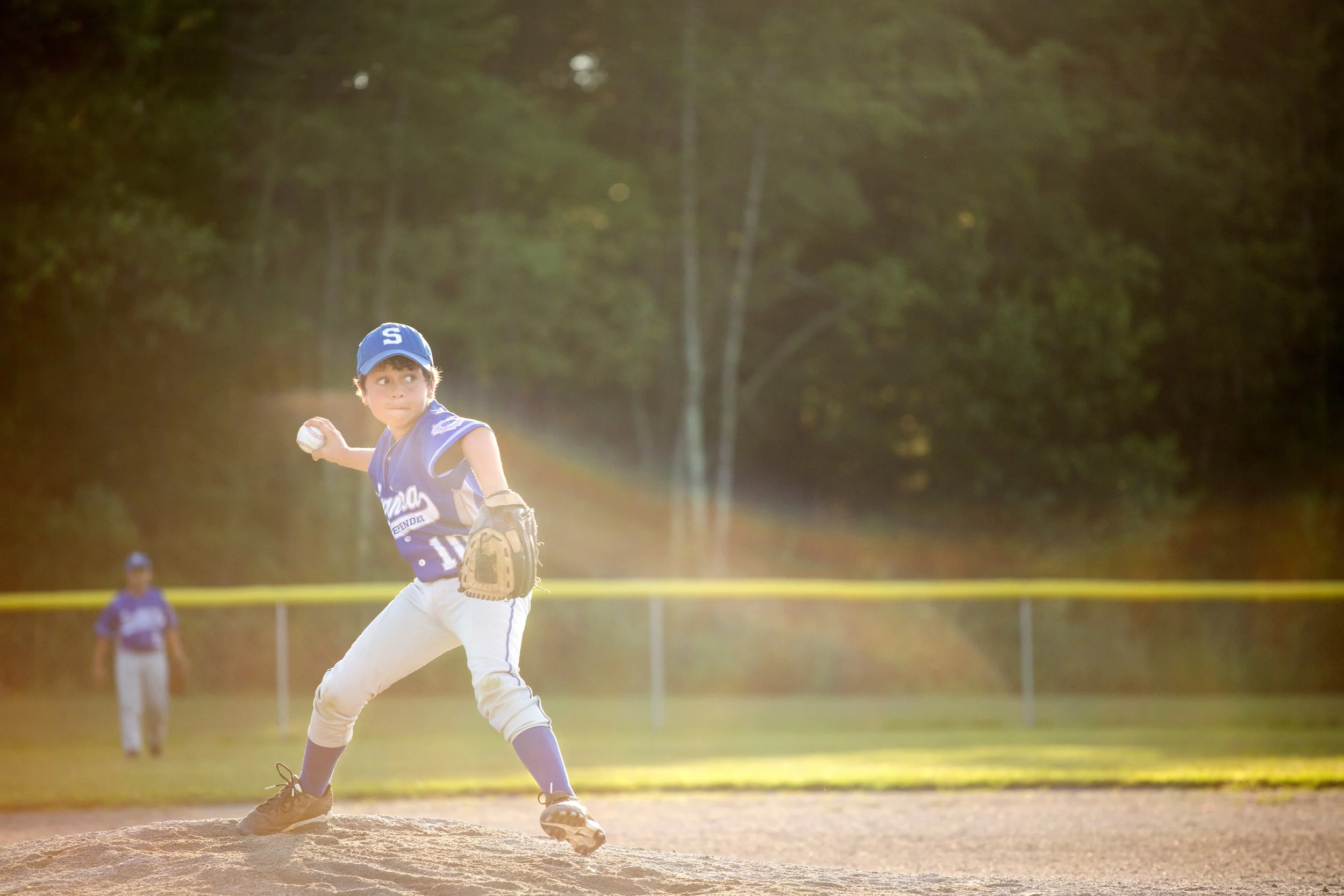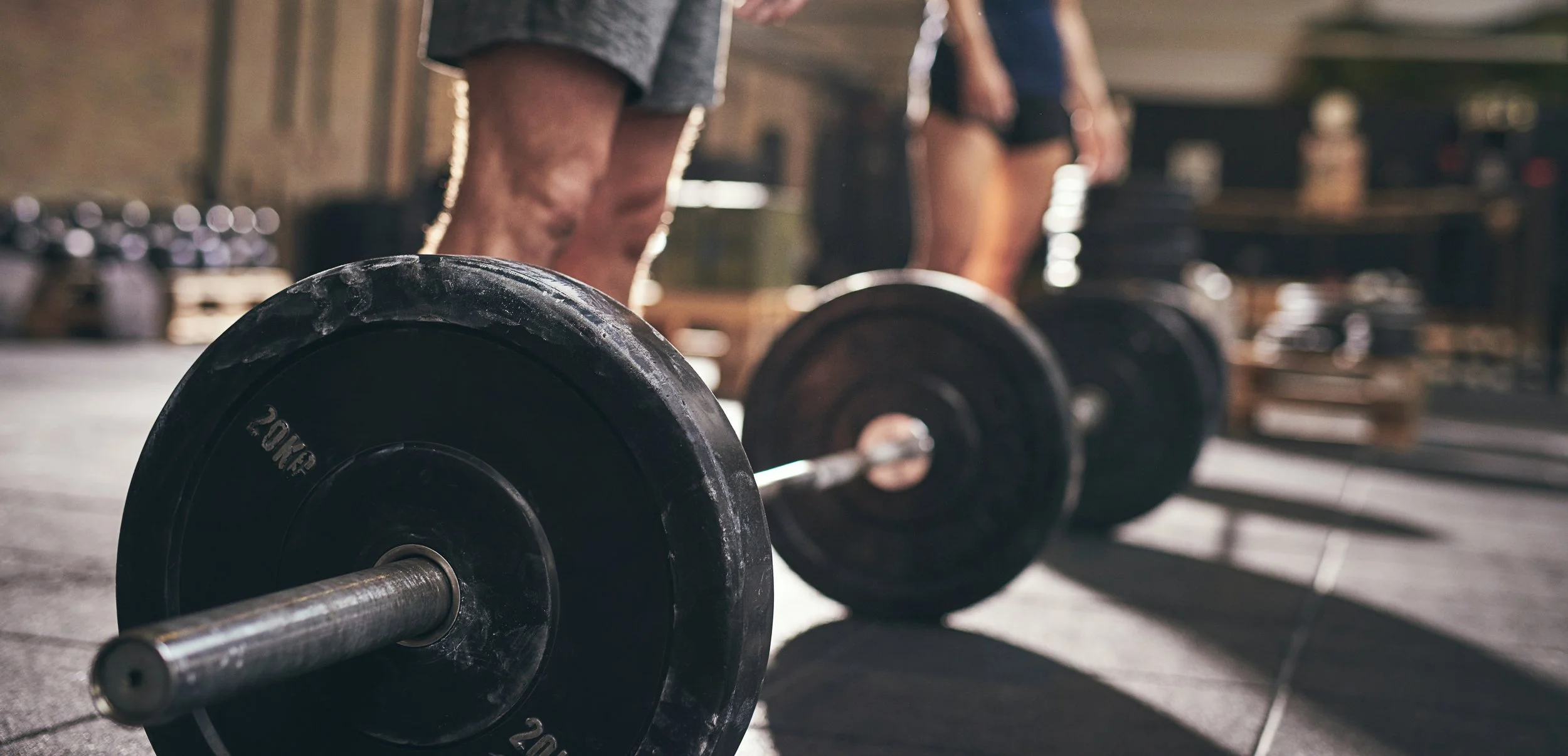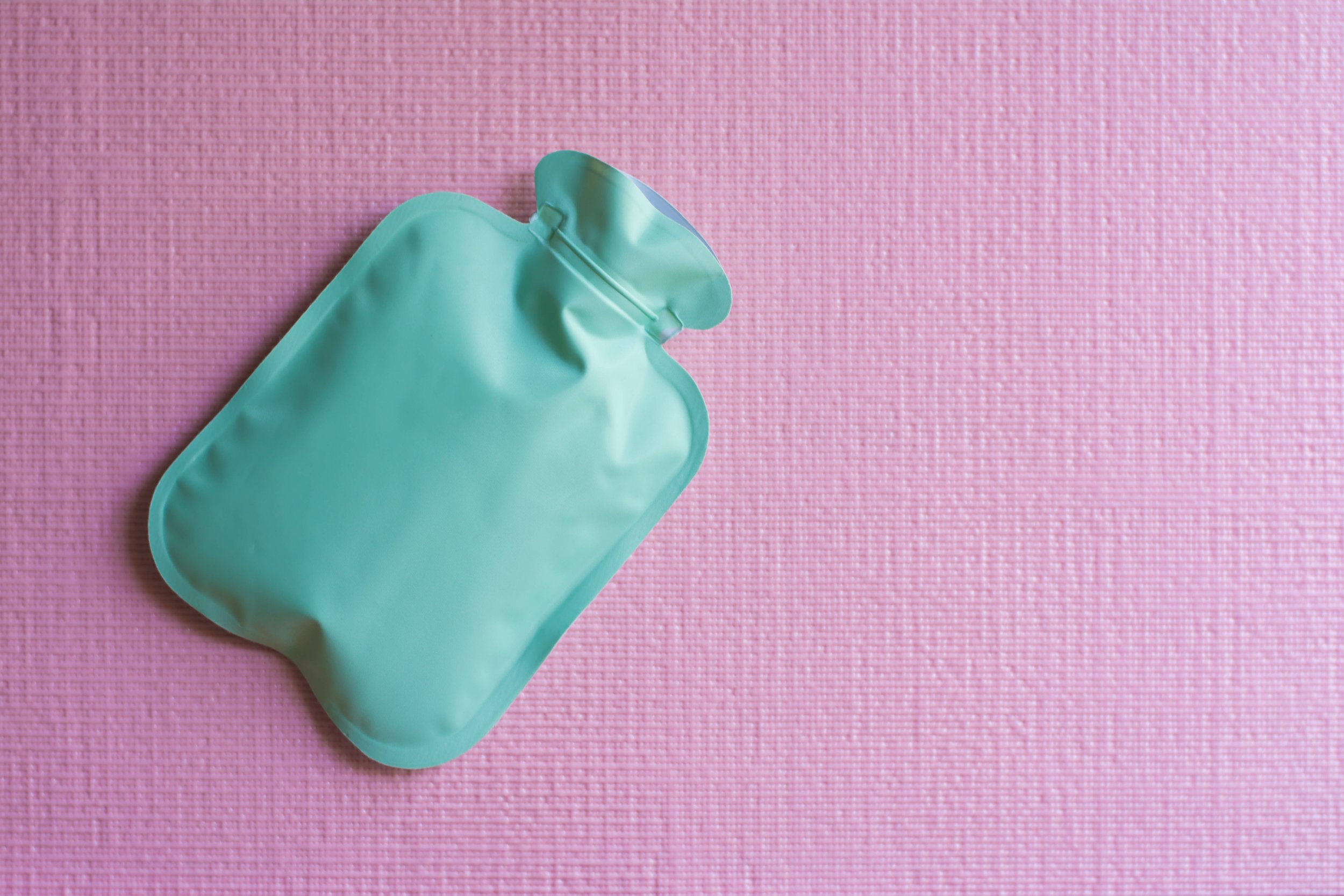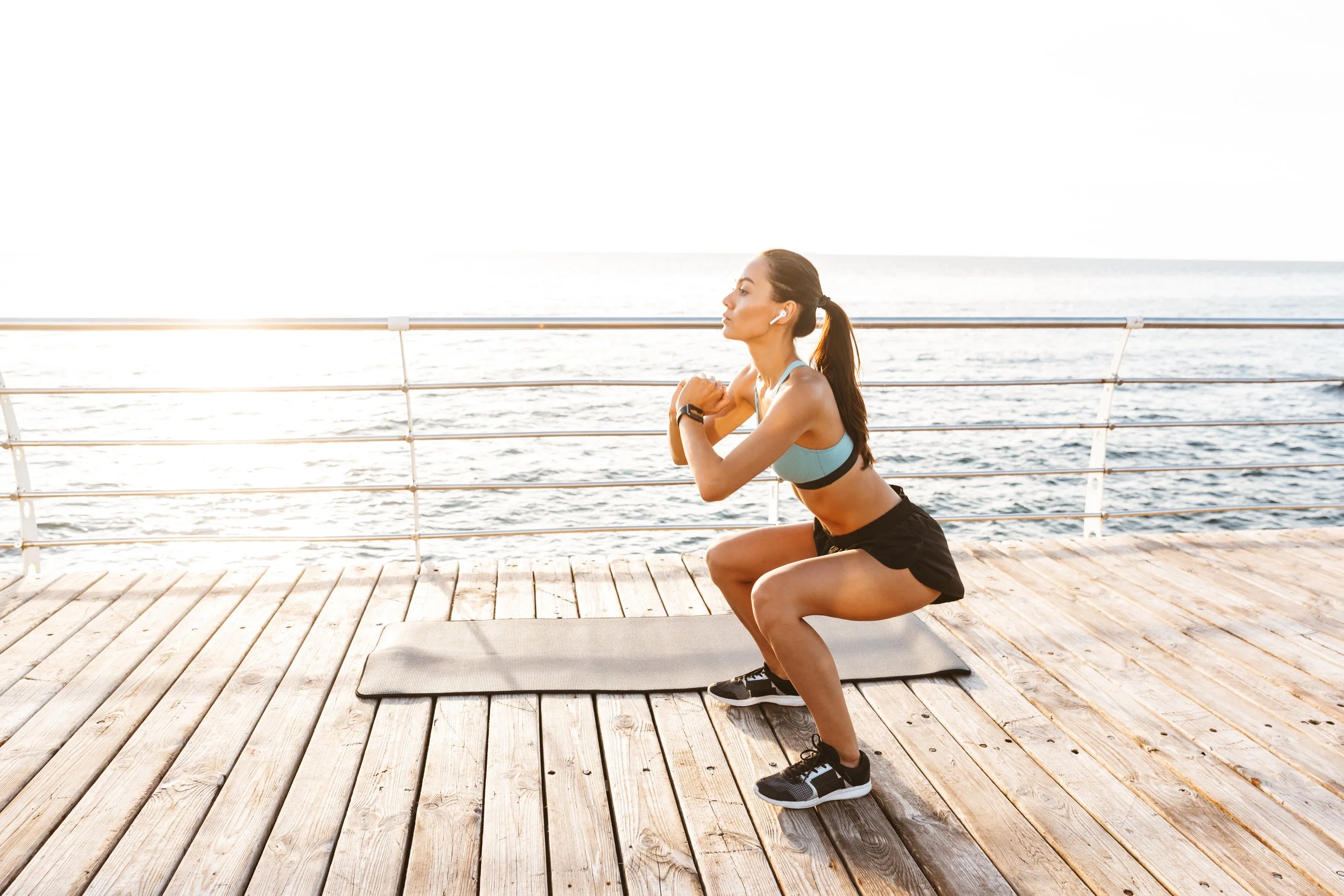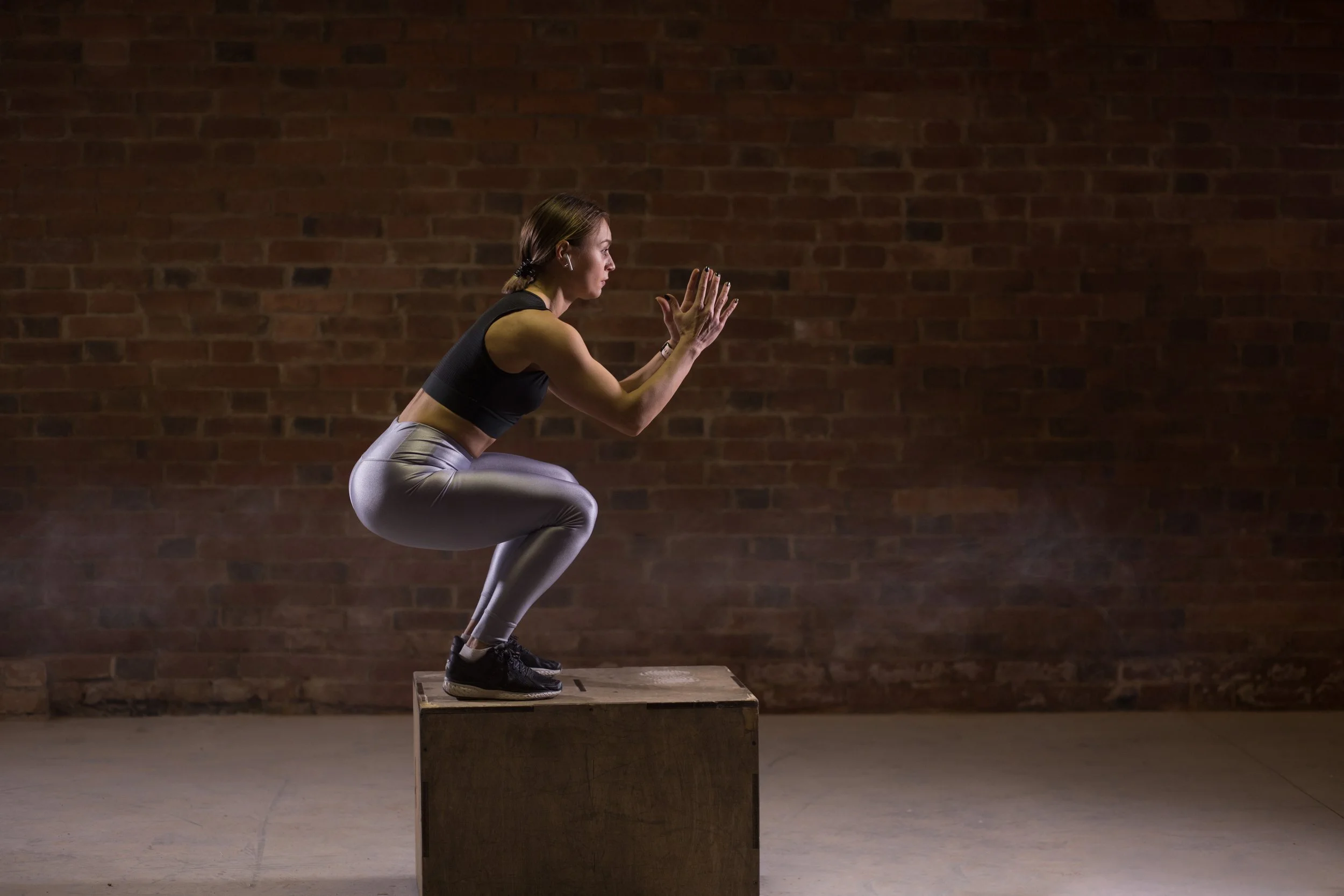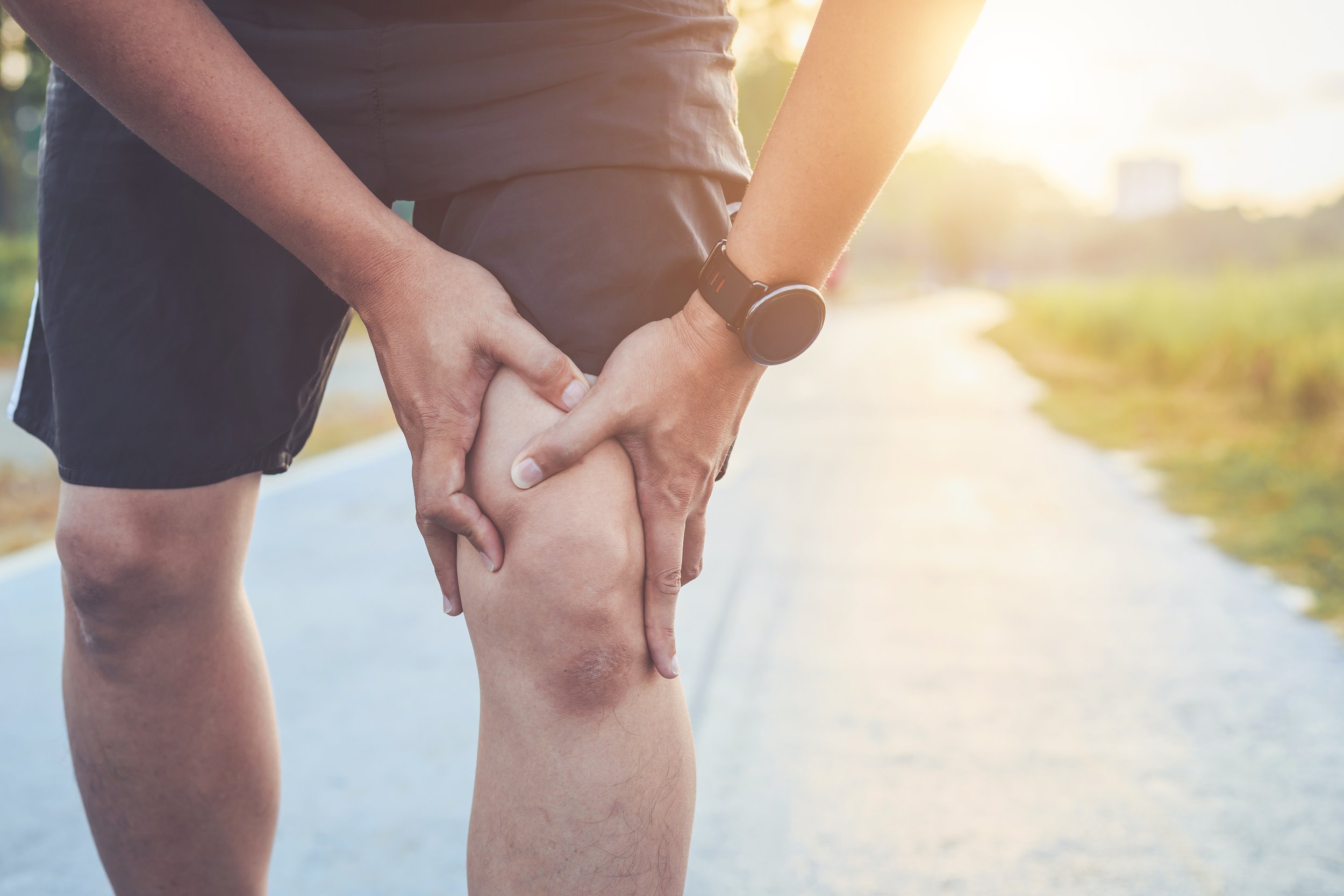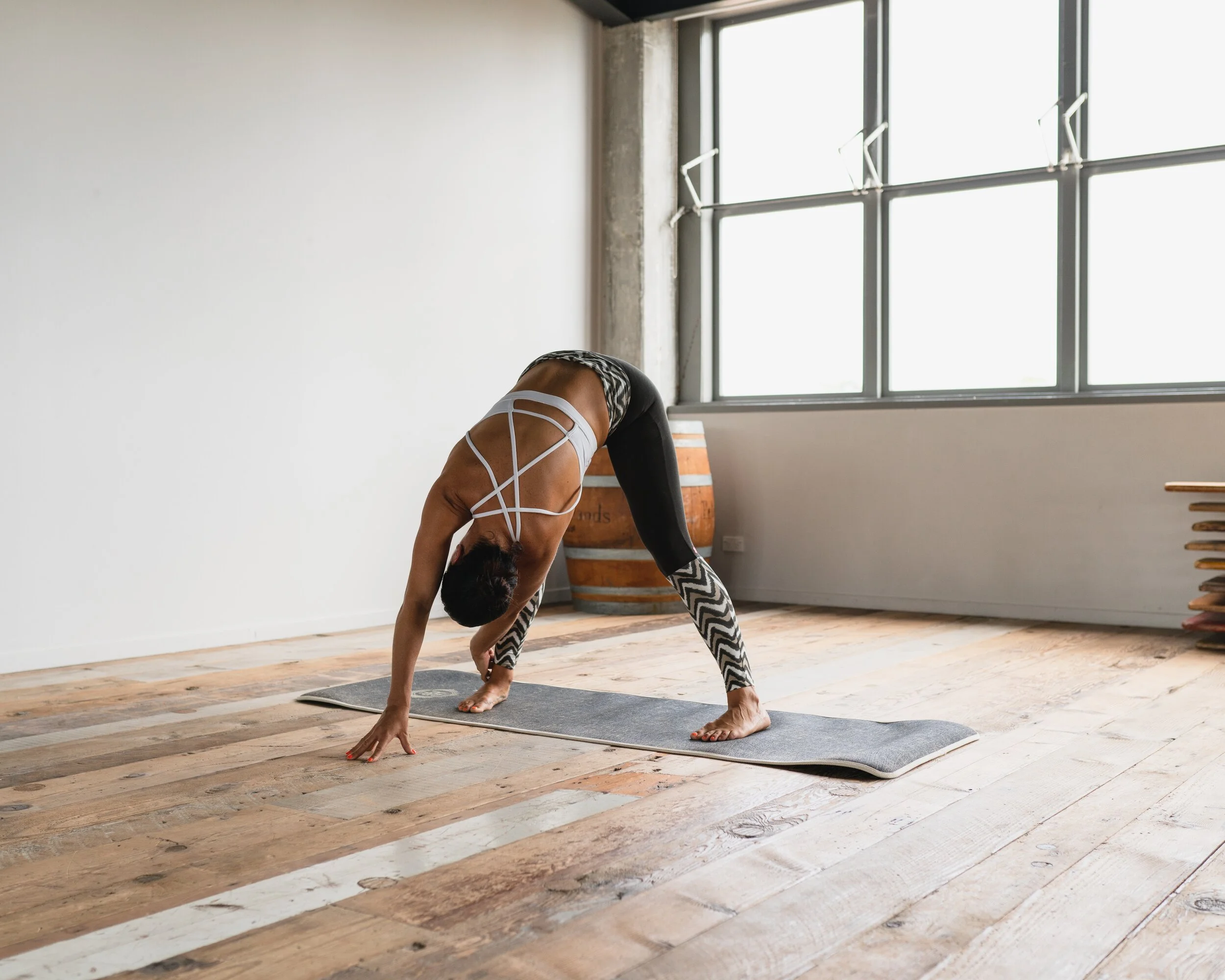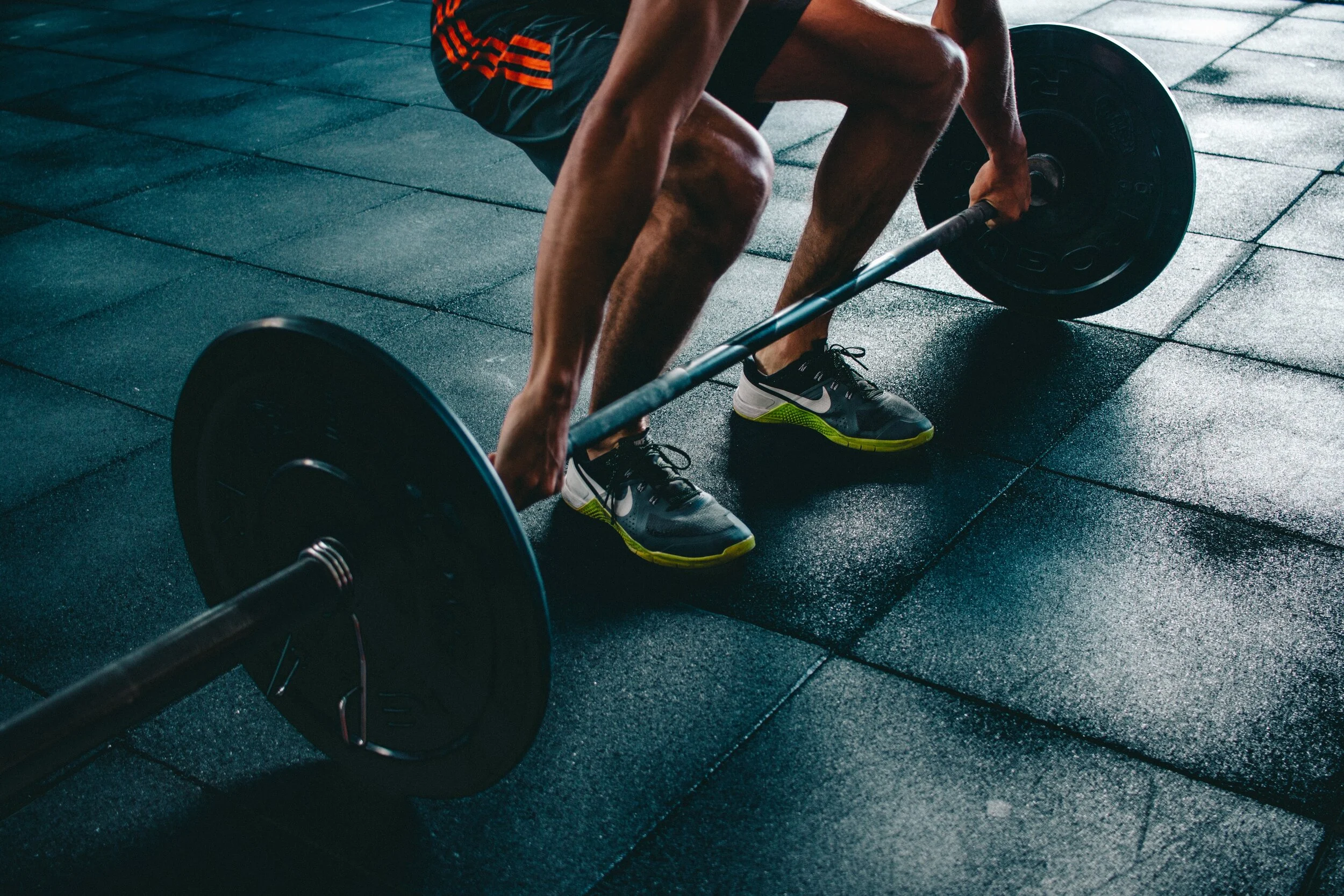Little League shoulder, also known as proximal humeral epiphysitis, is a common overuse injury that affects young baseball players, typically between the ages of 11 and 15. It is characterized by pain and discomfort in the shoulder joint, specifically in the upper arm bone (humerus) near the growth plate.
CrossFit
In the ever-evolving world of fitness, CrossFit has emerged as a dynamic and intense workout regimen that captivates enthusiasts seeking a combination of strength, endurance, and functional workout. While it has gained popularity rapidly over the last decade, there is a large amount of misinformation and preconceptions regarding it as a means of physical activity. As a physical therapist, my aim is to provide you with a holistic view of CrossFit—highlighting its benefits, potential drawbacks, and the role of physical therapy in your health journey.
Little League Shoulder
Little League shoulder, also known as proximal humeral epiphysitis, is a common overuse injury that affects young baseball players, typically between the ages of 11 and 15. It is characterized by pain and discomfort in the shoulder joint, specifically in the upper arm bone (humerus) near the growth plate.
Little League Elbow
Chances are that you have heard the term Little League elbow. Most have encountered
it in the media, during youth playing days, or from their own children. As a medical
provider specializing in youth throwing and overhead athletes (baseball, softball, tennis,
etc.), I’d like to provide some clarity around something that is commonplace yet poorly
understood. This article answers the questions: What is Little League elbow? What
causes it? How do you treat it? How is it prevented?
What is a Deadlift?
Heat or Ice?
Ice or Heat: Body Pain’s Greatest Question
Life has a funny way of leaving its mark on us and quite often it can hurt! By now you’ve likely experienced some kind of injury that caused bruising, swelling, and worst of all pain, either acute or chronic. With any injury therein lies the proverbial question, “should I use ice or heat?” The concept of applying these thermal modalities can seem relatively simple and straight forward but it can become confusing as not every injury presents the same. Thus it makes senses why I’m frequently asked which one should be used for a particular injury. Sometimes I’ve suggested that both are appropriate depending on the situation. Improper use of these modalities can slow your recovery, so it is important to base your decision on physiology and what is most safe and effective.
Little League Elbow
Chances are that you have heard the term Little League elbow. Most have encountered
it in the media, during youth playing days, or from their own children. As a medical
provider specializing in youth throwing and overhead athletes (baseball, softball, tennis,
etc.), I’d like to provide some clarity around something that is commonplace yet poorly
understood. This article answers the questions: What is Little League elbow? What
causes it? How do you treat it? How is it prevented?
Why Do My Joints Pop?
What is a Squat?
What Is a Squat? A Physical Therapist’s Perspective
Are you a fitness fanatic? A weekend warrior who hits the gym once a week? Or are you someone who has never exercised before? Regardless of the answer, the reality is that you probably squat multiple times a day. Look no further if you have ever asked yourself: is squatting safe? Or Should I be squatting? The purpose of this blog is to provide you with an overview of what happens during a squat, how it is performed, and who should be doing it.
ACL Series Part 3: Rehab
Right now, I am 1.5 years post ACL surgery, but 3.5 years post ACL injury. I will be recalling my experience starting at the time of injury all the way through my individual Physical Therapy experience. This will be a multi-part series that tells my story, plus various research facts and personal details along the way.
ACL Series Part 2: Surgery
Right now, I am 1.5 years post ACL surgery, but 3.5 years post ACL injury. I will be recalling my experience starting at the time of injury all the way through my individual Physical Therapy experience. This will be a multi-part series that tells my story, plus various research facts and personal details along the way.
Hip Osteoarthritis
Osteoarthritis is one of the most common orthopedic conditions among physical therapy patients. Osteoarthritis (OA) describes degeneration of cartilage and, eventually, bone in a moving joint. The development of OA can be the result of a previous injury or specific joint condition but is most often idiopathic in nature.1 Knees, hips, and thumbs are notorious for developing OA as a result of the large, repetitive forces these joints have to absorb over the course of a lifetime.2 The term OA refers to a wide spectrum of joint degeneration and can sometimes be used to describe a joint that appears damaged on an X-ray but doesn’t hurt or cause a decline in function (asymptomatic osteoarthritis). Various studies of the general population in the U.S. estimate that 20-28% of adults aged 60+ have evidence of hip OA on an X-ray, yet only 4-10% of this population have pain or poor function due to hip OA.3,4 Although an X-ray may show hip joint degenerative changes, treatment generally does not occur until someone begins to have symptoms.
ACL Series Part 1: Pre-Surgery
Right now, I am 1.5 years post ACL surgery, but 3.5 years post ACL injury. I will be recalling my experience starting at the time of injury all the way through my individual Physical Therapy experience. This will be a multi-part series that tells my story, plus various research facts and personal details along the way.
Knee Osteoarthritis in Runners?
Does Running Cause Knee Arthritis?
In my practice, I frequently have the opportunity to interact with runners. Running is a repetitive activity that certainly has injury risk. I do frequently come across runners and people who have quit running saying something like: “I know running will give me arthritis, but I just love to do it.” or “I quit running because I was afraid of developing arthritis in my knees.” Common thought continues to be that the impact of running does lead to arthritis.
Examining the Evidence
Do our perceptions meet reality? Let’s look at the research to find out.
Spondylolysis and Spondylolisthesis
Spondylolysis is estimated to occur as much as 25-60% in athletic populations The most common age group for occurrence is 11-18 years old, with higher likelihoods of injury occurring during puberty and growth spurts. Adolescents today typically play multiple sports throughout the year, often overlapping with minimal to no rest between seasons. Sports involving high impact and spine loading, as well as trunk rotation and extension, have a higher incidence of spondylolysis. Research shows football, gymnastics, power lifting, diving, baseball, softball, hockey, basketball, and soccer tend to have an increased risk for this injury……
LWPT Redmond: Shawn Brenneman
Why Is My Squat Having Trouble?
Is squatting difficult for you? Do you get low back pain with lifting, hiking, or just doing simple activities of daily living? Maybe you feel sore after sitting or driving? There could be a number of culprits here but it is likely that your hips are a major player in your problem. Hip flexibility is a very important component of any athletic training program and an even more important factor in living a comfortable and pain-free life.
Effectiveness of Stretching on Posterior Shoulder & Internal-Rotation
How Effective is Stretching
Article Review:
Effectiveness of Stretching on Posterior Shoulder Tightness and Glenohumeral Internal-Rotation Deficit: A Systematic Review of Randomized Controlled Trials (2017)
Posterior shoulder tightness is extremely common among the general population and even more common among athletes. This is one those problems that can often be ignored for some time but potentially leads to poor shoulder function and pain in the future. Upon testing, even in an asymptomatic population, most people lack full internal rotation range of motion of their dominant shoulder. Lacking internal rotation of the shoulder can lead to compensatory movements which in turn create muscle tightness in the upper back around the shoulder blade. Poor shoulder joint range of motion and frequent compensation can eventually lead to shoulder impingement, rotator cuff tears, and a whole variety of chronic shoulder conditions. For these reasons it is important to assess shoulder rotation and quickly improve it if the motion is restricted.
This systematic review published in 2017 by Koya Mine, Takashi Nakayama, Steve Milanese, and Karen Grimmer explores 10 randomized controlled trials to assess the effectiveness of stretching on improving shoulder range of motion. Most of the articles assessed baseball and softball players but they also included volleyball players, racquet sports players, and even non-athletes both with and without shoulder pain. Every study included in the review found a statistically significant effect of stretching to improve shoulder internal rotation range of motion. Multiple modes of stretching were analyzed in the trials and each stretch and had slightly varying degrees of effectiveness based on a variety of patient traits. One study found frequent shoulder stretching to be tremendously beneficial for maintaining shoulder strength and avoiding injury for baseball and softball pitchers. Several of the studies found no major difference between stretches and some found major statistical differences. But overwhelmingly among the studies, it was found that stretching the posterior shoulder joint with a cross body stretch improved shoulder joint range of motion and quality of motion (when the stretch was done properly with the coaching of a physical therapist). The authors of this paper found moderate to strong evidence to support immediate and short term effects of stretching on shoulder tightness and internal range of motion.
What does the research Say about stretching the shoulders?
There are several important takeaways from this systematic review:
#1 Range of motion restrictions are very common in the shoulder (especially the posterior shoulder capsule) and internal rotation is often limited.
#2 Poor range of motion in the shoulder can cause compensations and eventually tissue damage. These effects are often more noticeable and severe in overhead/throwing athletes.
#3 Stretching is an effective way to improve range of motion and in turn will allow for improved function over time and possible reduction of risk of future injury, especially for athletes.
So if you or someone you know is an athlete or just has stiffness in their back and shoulders, it is likely that a regular stretching routine would be highly valuable. The sooner you can address these issues, the easier and faster they are to improve. Physical therapists are excellent at assessing joint range and strength and creating individualized treatment plans to maximize your shoulder function and keep you moving at your best. Once you see a PT and get stretching you won’t believe how much better you will feel!
Stress for Success: Part 3
Let’s first redefine stress in terms of tissue mechanics. “Stress is the resistance of a material to deformation. Often measured as a unit of force over an area.” Strain is the “deformation that occurs in response to application of an external load.” Load is defined as “ the application of force.”1 Types of load include:
· Compression
· Tension
· Shearing
· Torsion
· Bending1
Stretching
Everyone knows that stretching is good for you, but most people are wrong in WHY they think it is good for you. As a PT and frequent gym-goer, I often hear that stretching is good because it helps lengthen the muscles. This is completely wrong. I think it is time to debunk some of the myths surrounding stretching. After reading this page, you will have a better understanding of what does and does not happen when you stretch. You might even be able to enlighten those around you in yoga class or at the gym.


